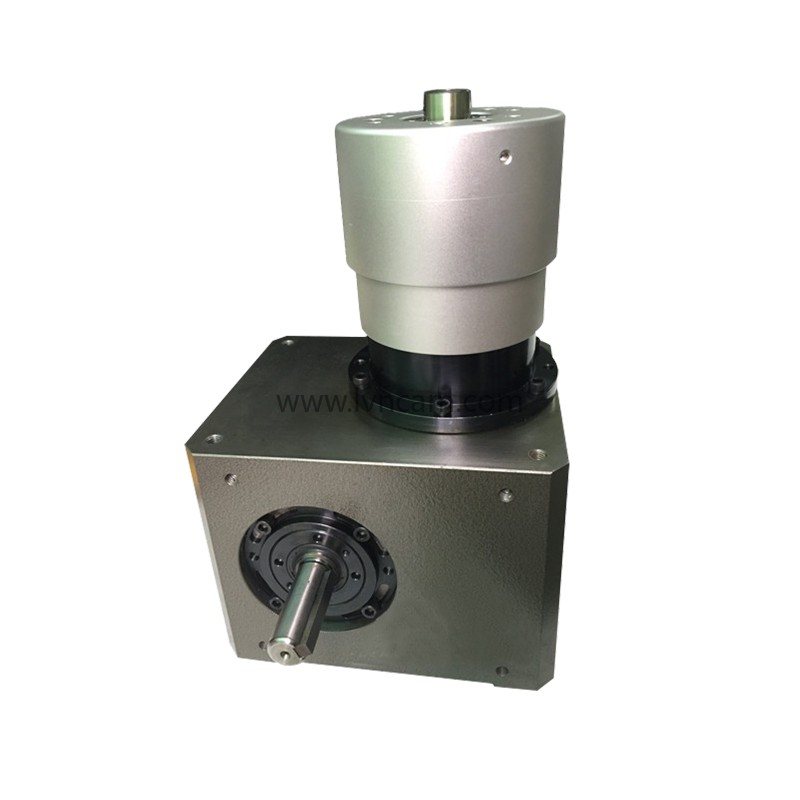The camshaft is a mechanical device commonly used in internal combustion engines, generators and mechanical motion control systems. Its function is to convert rotary motion into a motion curve on the cam, and then drive the corresponding mechanical components to complete specific functions. This article will introduce the composition and structure of the camshaft in detail, so as to help readers better understand and apply the camshaft.
1. Basic structure: The camshaft usually consists of a long shaft and cams arranged along the shaft. The shaft is usually made of high-strength alloy steel to withstand heavy loads. Both ends of the shaft are usually supported by bearings to ensure stable rotation of the shaft.
2. Cam shape and position: Cam is a motion curve device installed on the camshaft, and its shape is designed according to specific application requirements. The profile of the cam is usually non-circular, and can be elliptical, heart-shaped, square, etc. The position and angle of the cam and the relationship between the shaft body determine the motion characteristics of the cam, such as lifting height, lifting time, etc.
3. Camshaft manufacturing process: Camshafts are usually manufactured using mechanical processing techniques, including turning, milling, grinding, etc. During the manufacturing process, the accuracy of the shaft body, hardness, and shape and position of the cam must be ensured.
4. Installation and adjustment: When installing the camshaft, the cam profile and the shaft support position need to be correctly positioned. Adjust to ensure that the shaft rotates smoothly and the cam's motion characteristics meet the design requirements.
The camshaft is an important mechanical device, and its composition and structure directly affect its function and performance. The camshaft consists of a shaft body and a cam. The shaft body bears the load, and the cam transforms the rotary motion into a motion curve on the cam through deformation. The manufacturing process of the camshaft requires the use of precise machining technology to ensure the accuracy of the shaft body and the shape and position of the cam. Installation and adjustment are also key to ensure the normal operation of the camshaft, and it is necessary to ensure that the motion characteristics of the cam meet the design requirements.
Through the introduction of this article, readers can better understand and apply the composition and structure of camshafts, so as to obtain better results in design and manufacturing.
related articles
- 2024 Dragon Boat Festival Holiday Notice
- LN125R roller cam CNC turntable servo turntable real shot
- 180DT-4-270R LVNCAM cam divider real shot
- I wish that spring will be peaceful and prosperous, and that people on earth and in heaven will be safe and sound.
- 2024 Qingming Festival Holiday Notice
- Shandong Luning Precision Machinery Co., Ltd. wishes everyone a happy Lantern Festival.
- 110DT-8-270R-T30 cam divider input shaft extension motor plate
- Spring Festival Holiday Notice-Shandong Luning Precision Machinery Co., Ltd.
- Why are cam dividers so popular in production?
- What should we pay attention to when cleaning and maintaining the cam divider?
- Domestic brand cam dividers: good quality, low price and can meet high requirements
- LN170-36-24S 170 four-axis CNC rotary table four parallel use case
- L80DT-8-LN003 Customer Selection Case
- L60DF-6-LN002 flange type cam divider six positions
- L140DT-6-LN001 Shandong Luning Platform Desktop Intermittent Cam Divider Six-station Large Hollow


